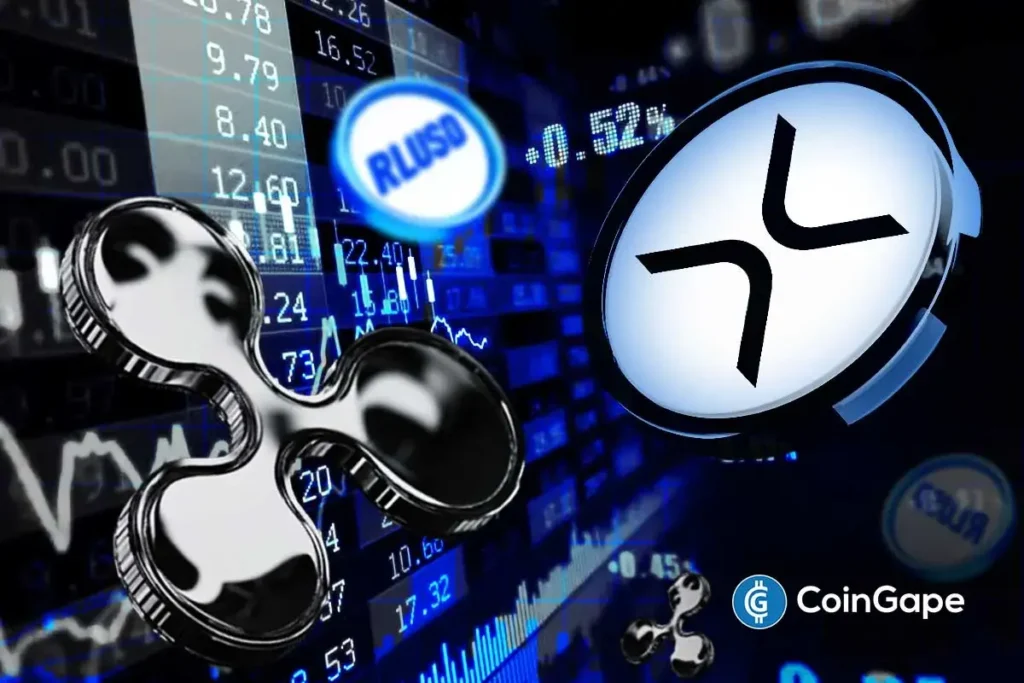Ripple’s Strategic Acquisition of Rail: A Game-Changer for Stablecoin Payments
In a groundbreaking move, Ripple, the prominent crypto firm, has announced its acquisition of Rail, a stablecoin platform based in Toronto, for $200 million. This strategic investment symbolizes Ripple’s commitment to advancing its position as a leader in the crypto payments landscape. While the acquisition is still pending regulatory approvals, the potential benefits for Ripple and the broader digital currency ecosystem are significant.
A Major Investment in Stablecoin Technology
Ripple’s decision to acquire Rail underscores the growing importance of stablecoins in the modern financial landscape. Stablecoins, which are digital assets designed to maintain a stable value, have gained traction as a reliable means of conducting transactions. With this acquisition, Ripple aims to deliver the most comprehensive stablecoin payment solution on the market, enhancing its suite of services that facilitate cross-border payments.
The deal aligns with Ripple’s long-term vision of becoming the backbone of global finance by leveraging the capabilities of both XRP and Rail’s technology. As stablecoins like Rail’s RLUSD become more mainstream, Ripple is set to capture a larger share of the crypto payment infrastructure market.
Enhanced Payment Solutions and Infrastructure
The acquisition brings with it the promise of enhanced payment solutions, allowing Ripple to offer virtual accounts and automate back-office operations. By integrating Rail’s platform, Ripple can streamline its operations, thereby reducing costs and improving efficiency for its customers. This is particularly crucial in an industry characterized by fast-paced technological innovations and evolving consumer expectations.
Moreover, this development follows Ripple’s earlier acquisition of the brokerage firm Hidden Road for $1.25 billion, reinforcing its strategy to build a robust infrastructure for crypto payments. This proactive approach aims not only to enhance Ripple’s services but also to position the company as a go-to provider in an increasingly competitive market.
Regulatory Landscape and Future Prospects
While the acquisition is subject to customary closing conditions, including regulatory approvals, Ripple is optimistic about finalizing the deal in the fourth quarter of the year. As regulatory scrutiny on cryptocurrencies intensifies in many jurisdictions, acquiring Rail may serve as a strategic move to strengthen Ripple’s compliance framework as it seeks to secure a national banking license.
Compliance and regulatory clarity are critical to gaining the trust of financial institutions and consumers alike. Ripple’s ability to navigate these challenges successfully will be instrumental in its quest to become a cornerstone of the digital finance ecosystem.
Ripple’s Commitment to Stablecoins and Blockchain Innovation
Ripple’s President, Monica Long, highlighted the pivotal role that stablecoins play in modern finance, emphasizing the company’s unique position to spearhead innovation in this space. She articulated the belief that the integration with Rail offers unprecedented opportunities for efficiency and ease of use in global payments.
The acquisition not only aligns Ripple with the growing trend of stablecoin adoption but also positions XRP as a bridge currency for Ripple’s payment solutions. This is particularly significant as XRP continues to gain traction among financial institutions seeking fast and cost-effective solutions for cross-border transfers.
Leadership and Future Collaborations
Echoing these sentiments, Ripple’s CEO, Brad Garlinghouse, shared insights on social media about the potential of the acquisition. He expressed excitement about the collaboration between Ripple and Rail to provide stablecoin payment infrastructure for global financial institutions. The combined expertise and resources of both companies are set to redefine how stablecoin transactions are conducted.
As Ripple looks to expand its customer base, this acquisition could lead to new partnerships and collaborations within the financial ecosystem, enhancing Ripple’s credibility and reach in global markets.
Conclusion: A Bright Future for Ripple and Stablecoins
The acquisition of Rail by Ripple signifies a pivotal moment in the evolution of stablecoin and crypto payments. As Ripple invests heavily in enhancing its technology and infrastructure, stakeholders can expect improved services and innovative solutions that cater to the growing demand for digital payments.
By streamlining operations and leveraging the robust capabilities of stablecoins, Ripple is poised to solidify its place as a leader in the crypto payment space. As regulatory landscapes evolve and consumer adoption increases, Ripple’s strategic move with Rail could very well set the stage for a new era of financial transactions powered by stablecoin technology.


